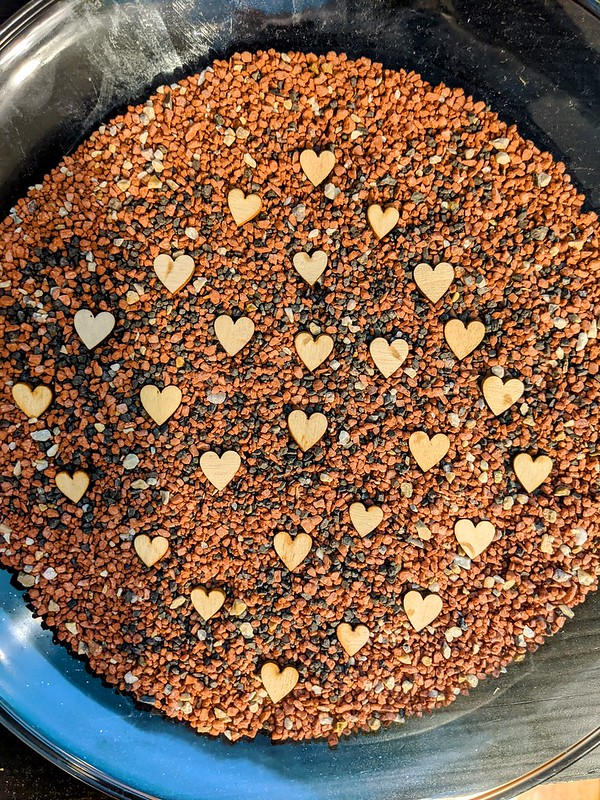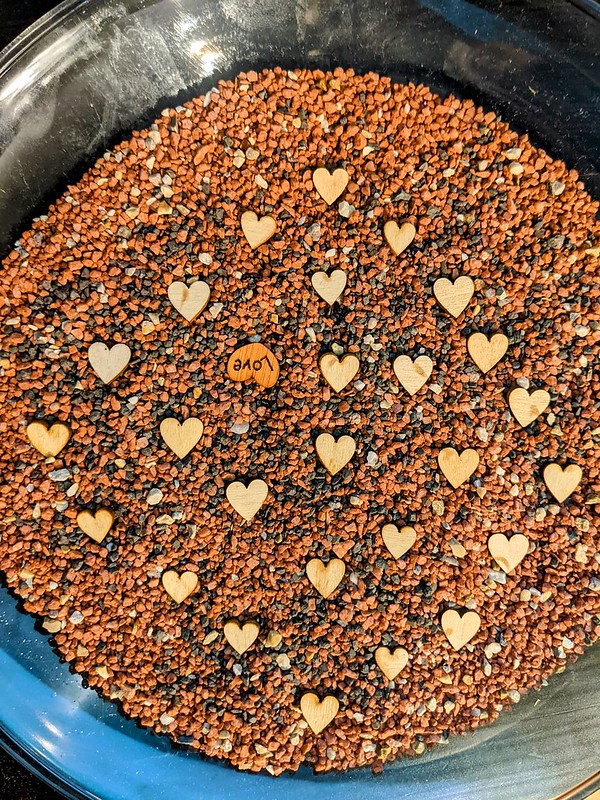

Prof K Pelka : Monday 6:00 - 9:20
Choosing what to put and what not to put in the frame of a photograph is one of the most important decisions a photographer can makes, and what distinguishes a good photograph from a bad one.
Joel Meyerowitz places a heavy emphasis on what is not in the frame just as much as what he chooses to place in the frame, because as he describes it, although a photograph is a 2d representation, we have eyes that extend past the frame, in 360 degrees. Joel also heavily explores the relationship between the subjects in his photo, so that plays a big role in what he decides to frame as well. His approach is very subjective and I find it to be a very unique way of approaching photography.
Peter McKinnon, on the other hand, employs a very technical when it comes to what goes into his frame, using techniques such as frame within a frame, leading lines, lighting and cast shadows to frame his subject in unique and interesting ways. He pays very close attention to the composition of his photographs, and while different from Joel’s approach, he manages to capture some very eye catching photos of his subjects using his techniques.
Dawoud Bey uses photography to find his voice by trying to give voice to the African- American subjects of his art, by re-framing the way they are traditionally represented in the medium, which he describes as “have very often been viewed through a lens of social pathology”; which means they have usually been viewed as diseased conditions of the social organism. Dawoud Bey seeks to transcend this narrow worldview by giving his subjects a voice, by photographing them in candid photos where you can see them going about their daily lives, and subsequently “convey a deep, complex humanity”. By doing so and empowering his subjects with a voice, he subsequently finds his own voice, as represented in his book “Seeing Deeply”, which is a retrospective of works he has worked on in his forty year career.
Carrie Mae Weems uses photography to find her voice through her series, the Kitchen Table Project, where photographs subjects in a very specific controlled environment—all the photographs are shot in the at her kitchen table, from the same angle, using the same lighting. The setting is a poignant piece throughout the series, as the kitchen table is traditionally one of the few spaces in the home where housewives, in their traditional role as homemakers, have some heightened semblance of power, as it is the setting where typically housewives are able to interact with family members the most, as it is wear meals typically take place in the household. By having all of the photographs of the series be taken in her “seat of power” it gives Carrie Mae Weems and housewives in general a voice that is sadly something that is difficult to find for most.
As for finding my own voice, I would hope to express my indignance at the current state of events in the world, from the current geopolitical climate of America, with the vote suppression laws being passed in numerous states such as Georgia to try and suppress African American votes, to the fact that we have a pedophile on the Supreme Court, to the wider issues going on in the world, like the Winter Olympics currently going on in China despite the genocide of over 2 million Uyghur Muslims, and the CCP’s flagrant disregard for the rest of the world by downplaying the genocide by having a self-claimed Uyghur participate in the traditional torch lighting ceremony, to the fact that the Fox News Network and Tucker Carlson are staunchly pro-Russia in Russia’s bid to invade Ukraine, despite there being bi-partisan agreement amongst Democrats and Republicans that we need to protect Ukraine’s interests and sovereignty as a nation. My voice is lost in the face of the state of the world, but by taking this course I can hope to learn the tools needed to find my voice.
© 2024 COMD 1340 OL 90 Photography 1 Spring 2022
Theme by Anders Noren — Up ↑
Recent Comments